The Spanish missions are part of California’s rich history. Before California became the 31st state in 1850, it was first colonized by the Spanish (1769 – 1821) and then became a part of Mexico (1821 – 1848). The 21 missions built between 1769 and 1833, were founded by Spanish Franciscan priests to try and convert the Native Americans. The native peoples were forced to abandon their traditional way of life, live on settlements called reductions, were oppressed and treated as slaves as they built the mission buildings. The Spanish mission system may have “westernized” California, but it did so at the expense of the Native Americans who had lived there for centuries.
Many of today’s cities were founded near these missions, San Diego, San Francisco, Santa Barbara, just to name a few. The Spanish mission system established the early economies of cattle and agriculture in California which still play a big role in the state.
It’s interesting to visit these missions and compare how different they look to each other. Following El Camino Real (The Royal Road), you could reach each mission within approx. a day’s horse ride. A very ambitious person could theoretically visit every mission within a month. Today many streets either follow or run parallel to the Camino Real or the Camino Real has been integrated into the freeway system.
Mission San Carlos Borroméo de Carmelo, (Mission Carmel) was the second mission to be built (1770). The first one was founded and built in San Diego (1769). Mission Carmel served as headquarters for the entire mission chain from 1770 to 1803, making it the most important mission. It is also home to California’s first library.
The gardens surrounding the church and the planters placed around the huge courtyard are beautiful. It’s a mission which is still in use today and is very popular for weddings and baptisms. The grounds and buildings are well cared for, but they have a pristine feel to them, and I was missing the aura that old buildings usually bring with them. The church was still decorated for Christmas and boasted many beautiful poinsettias around the altar.
Mission San Juan Bautista, built in 1797, was the 15th mission to be founded. The mission sits on the Plaza San Juan Bautista, the largest and only original surviving Spanish plaza in California. The town of San Juan, which was built to look like a Spanish town, has also been preserved. This mission has the largest and only three-isle church of all 21 missions. The mission was built on the San Andreas Fault and has endured damage over the years. The complex had a special aura, and it was easy to see that it is still very much in use and a part of daily life for the largely Hispanic population in the area.
Mission San Gabriel Arcángel founded in 1771, and was the fourth mission of the 21 missions. It’s style is unique as the designer of the mission was from Cordoba in Spain. The Moorish style is modeled on the famous cathedral in Cordoba. Mission San Gabriel was the most productive of the missions and provided many of the other with agricultural products from its land. It is said that the mission also introduced large scale viticulture to California.

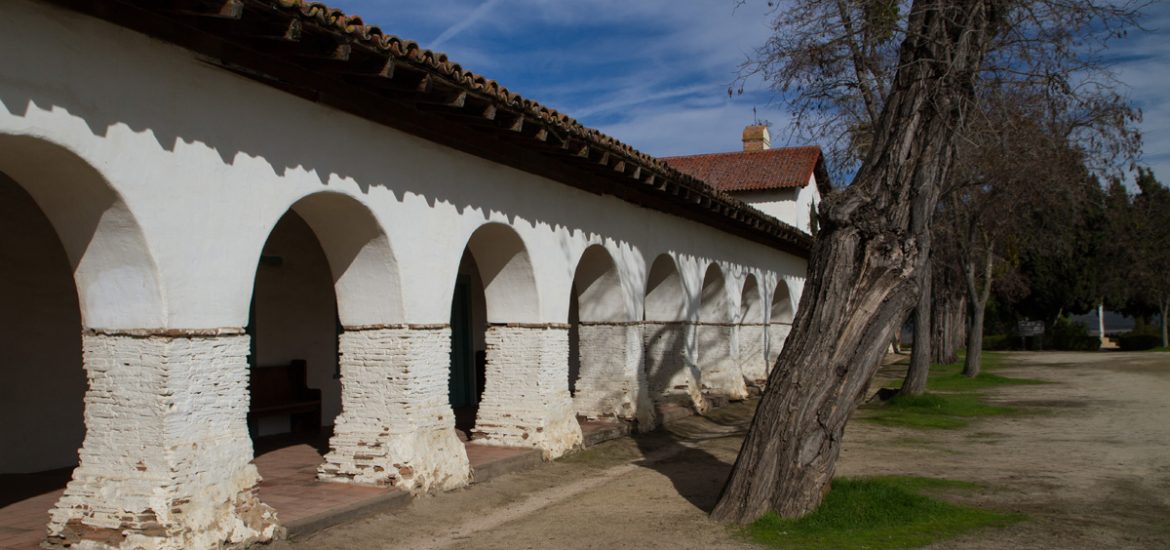
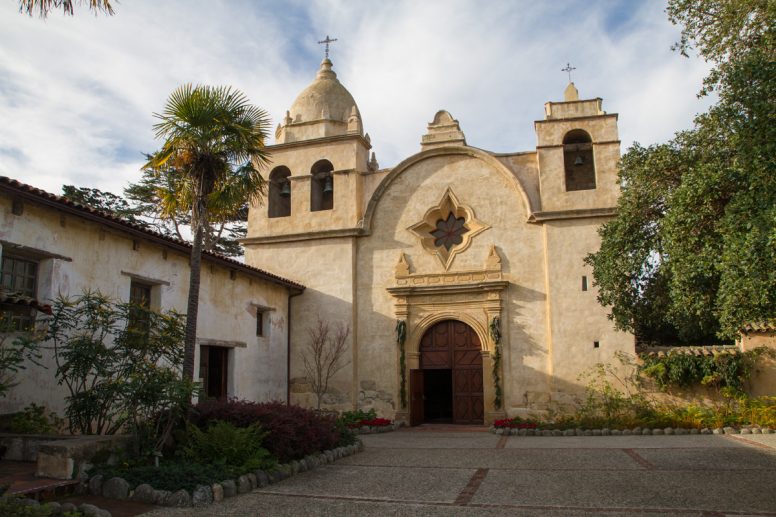
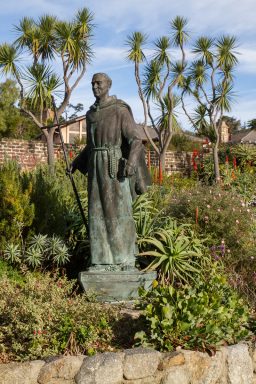
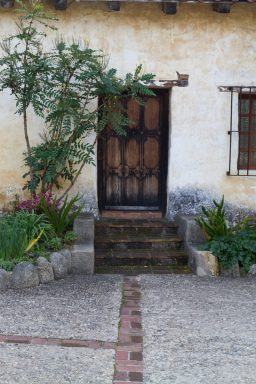
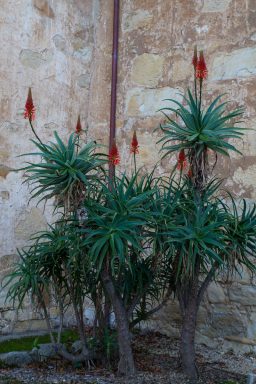
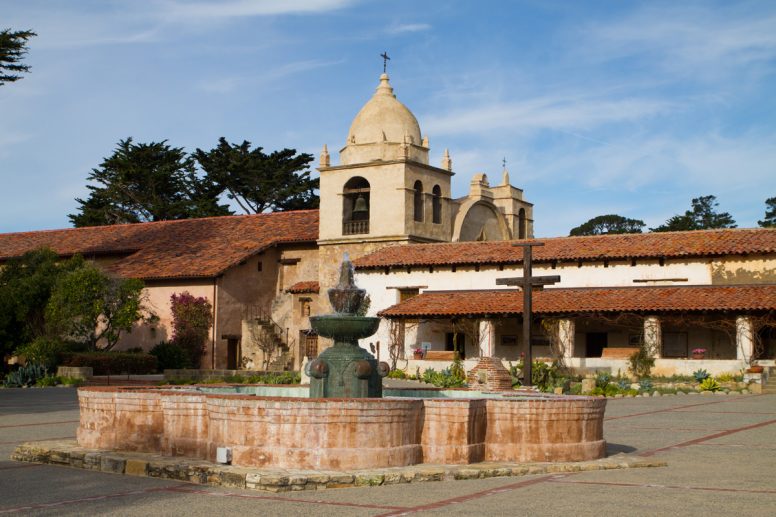
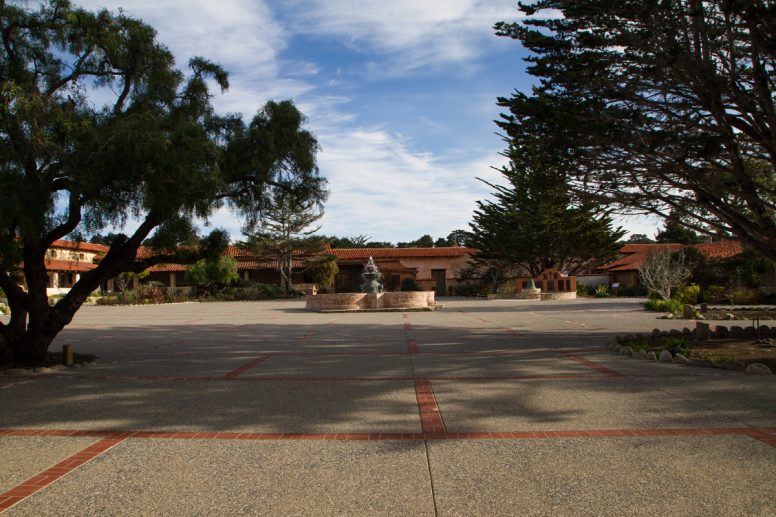
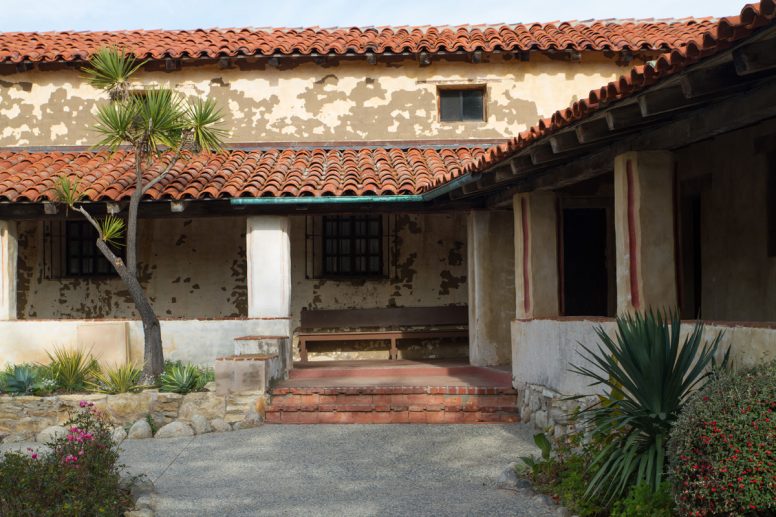
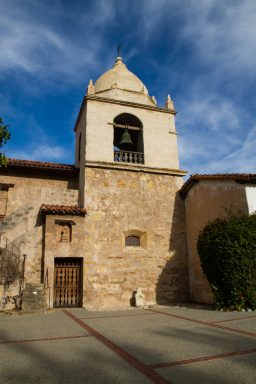
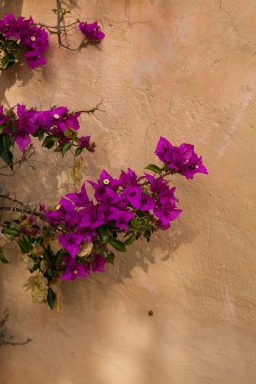
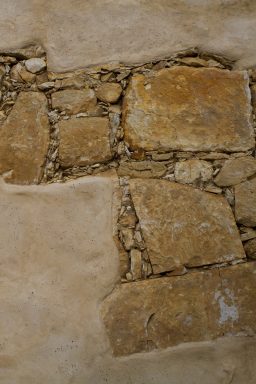
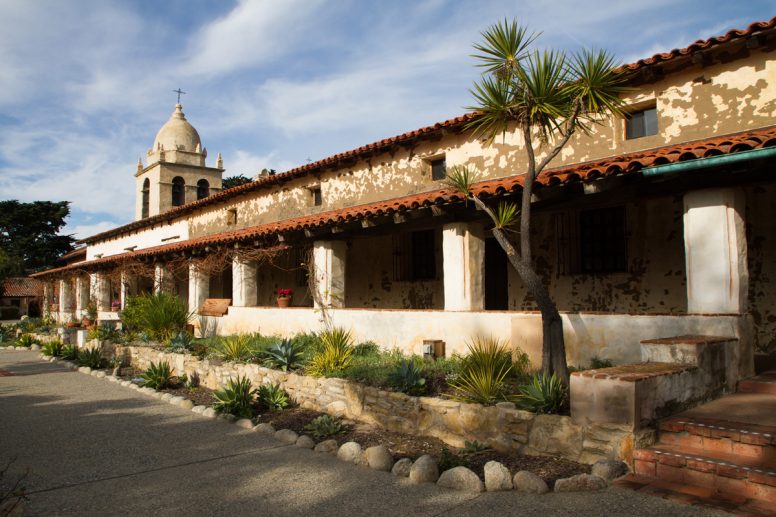
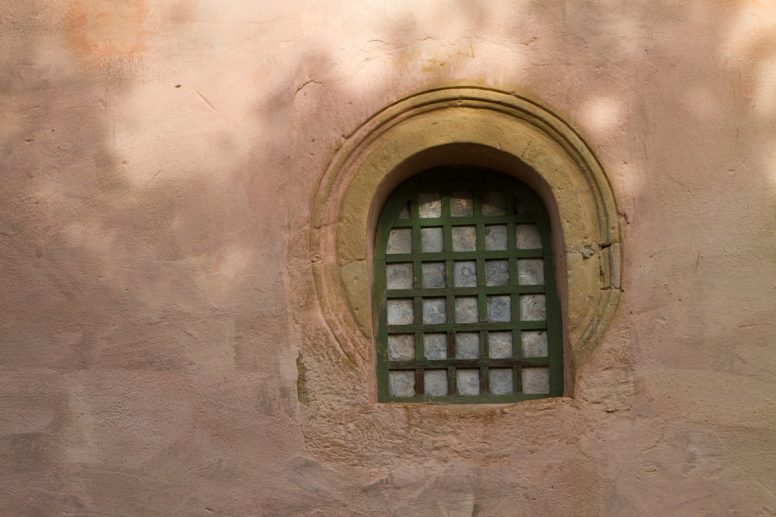
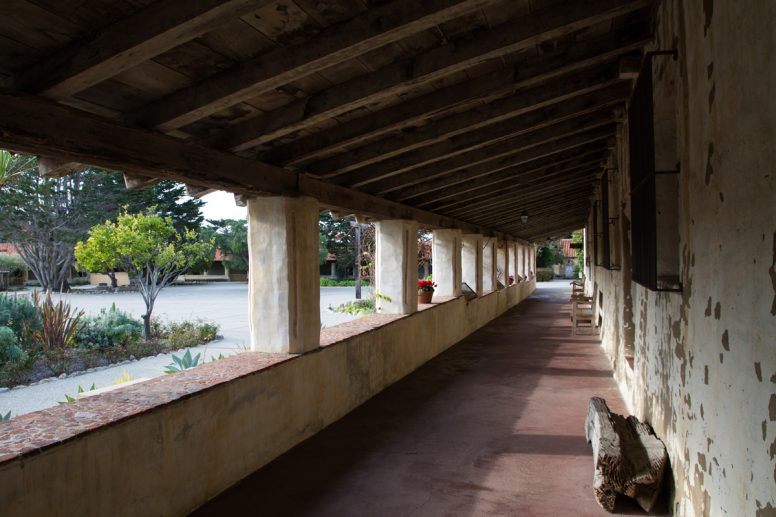
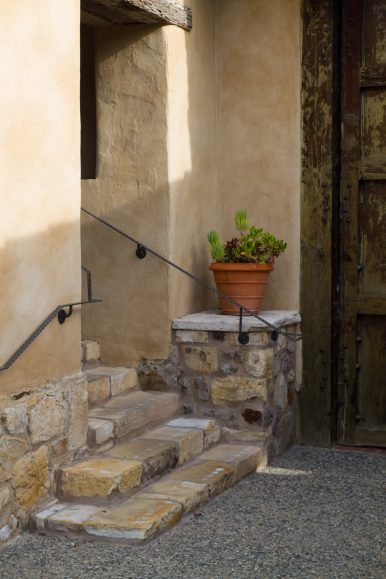
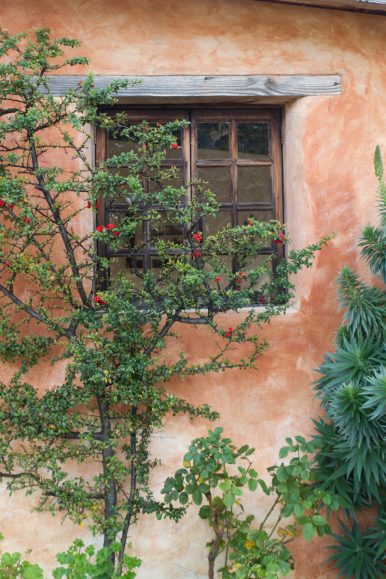
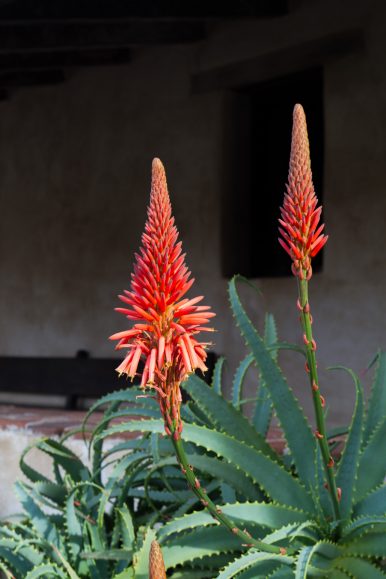

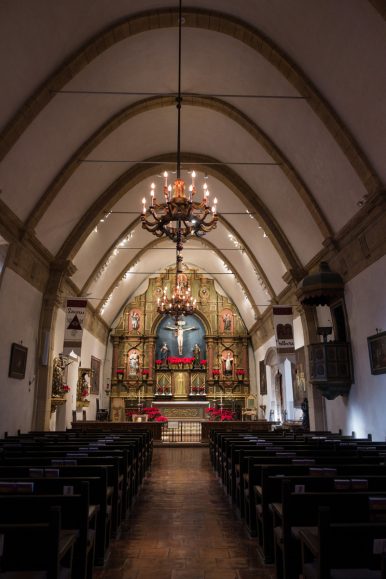
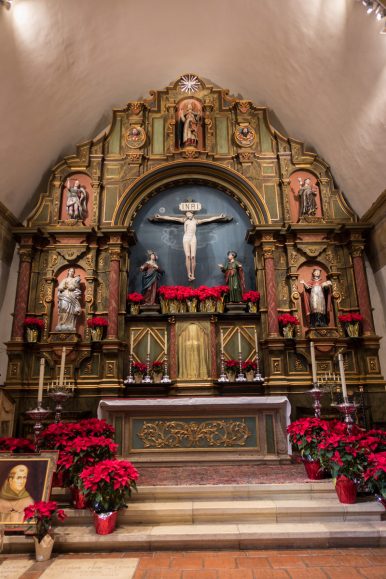
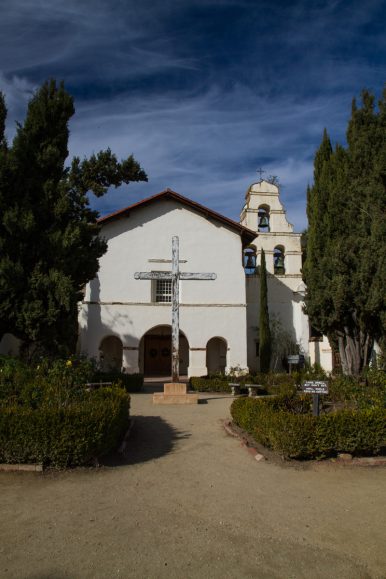
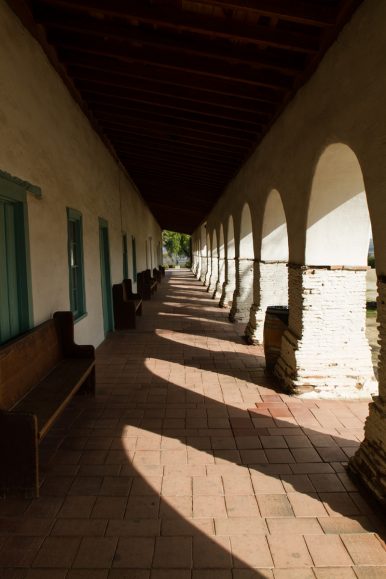
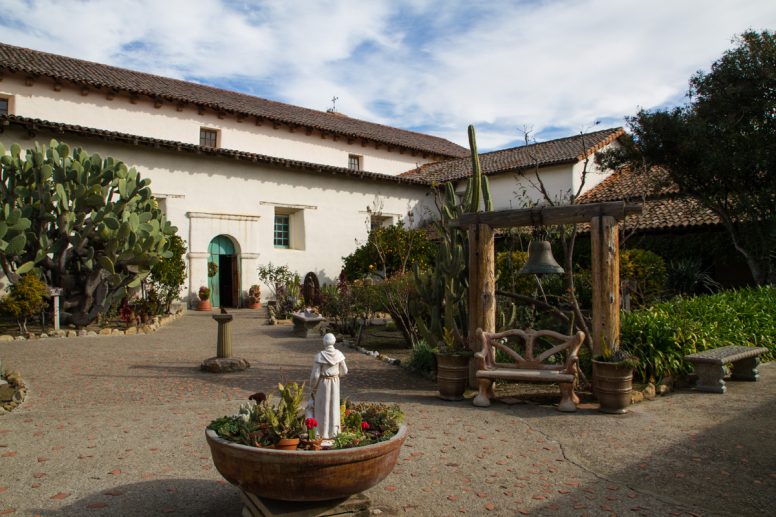
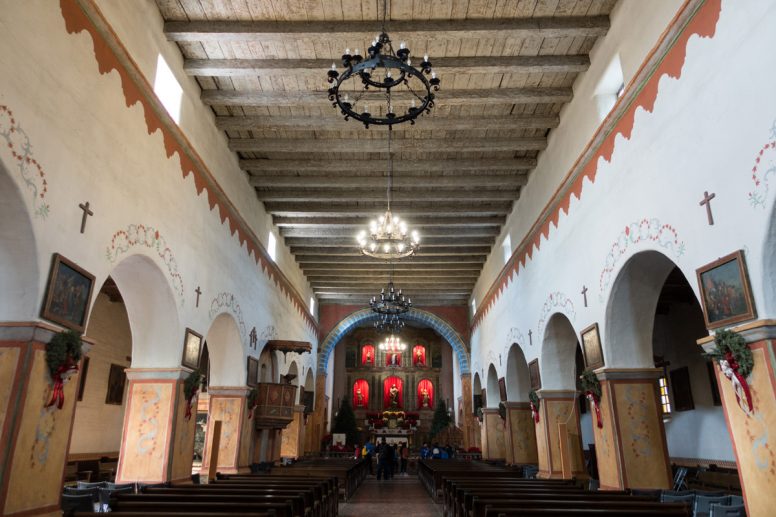
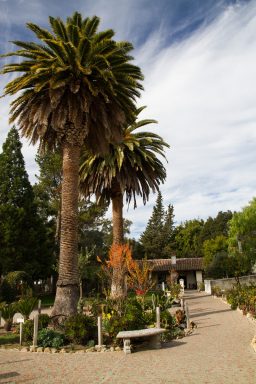
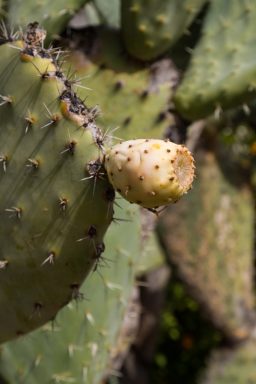

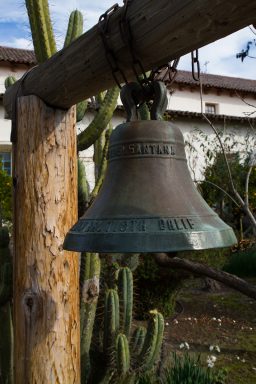
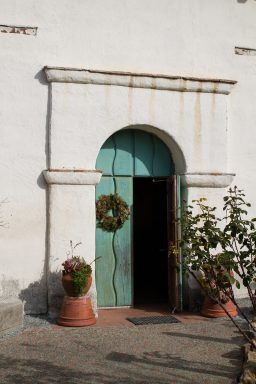
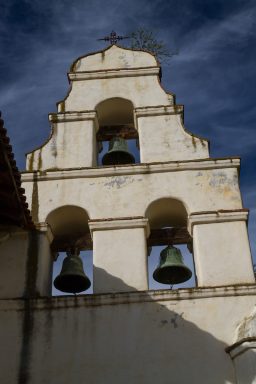
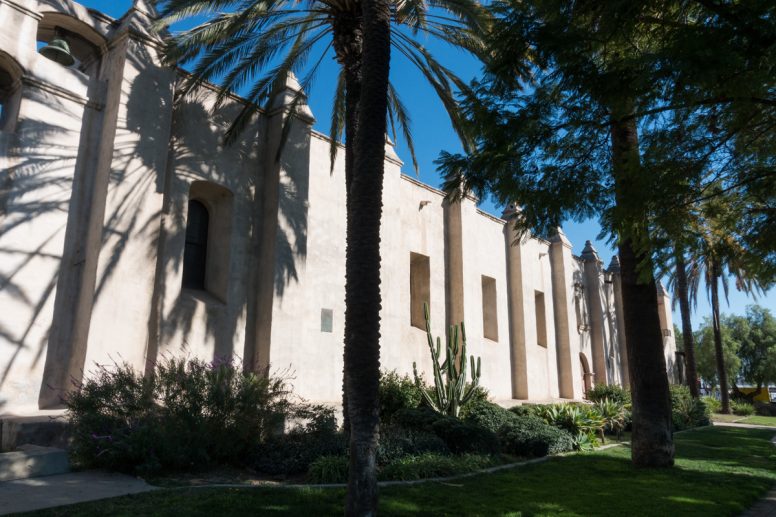
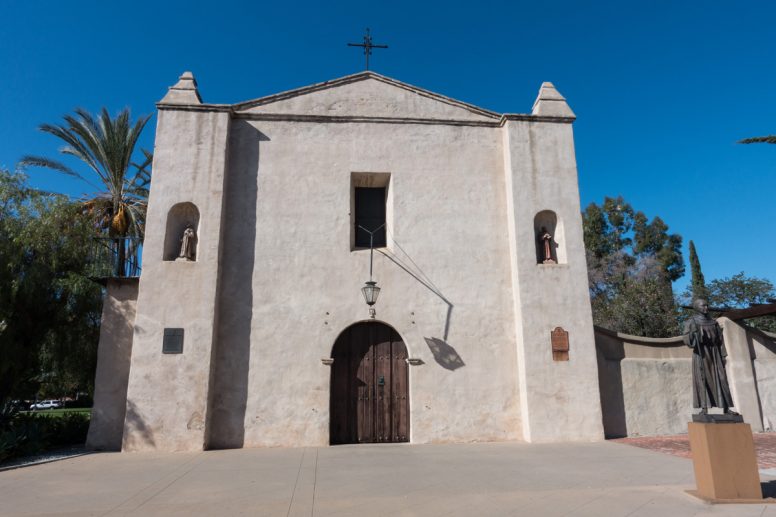
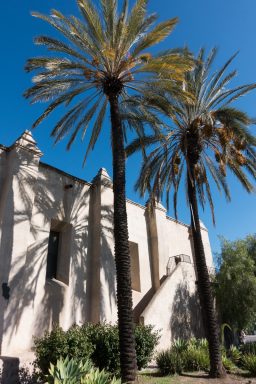
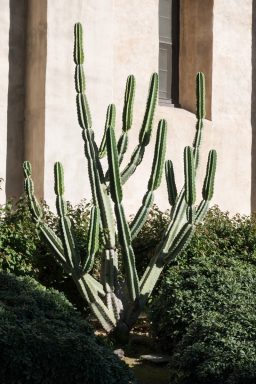
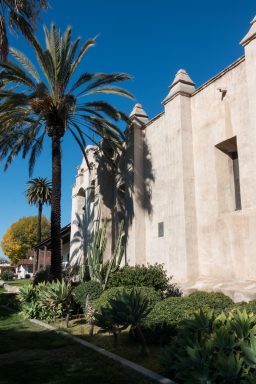
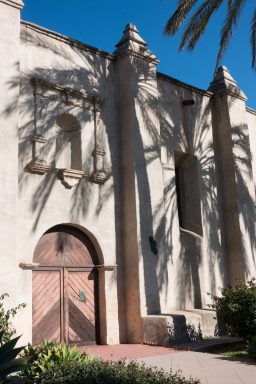
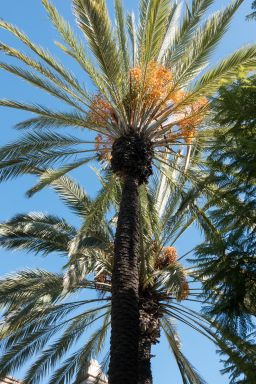
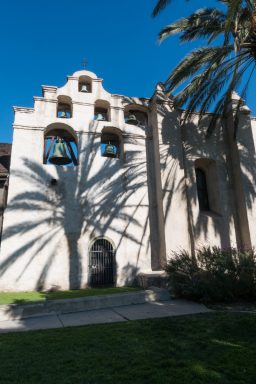
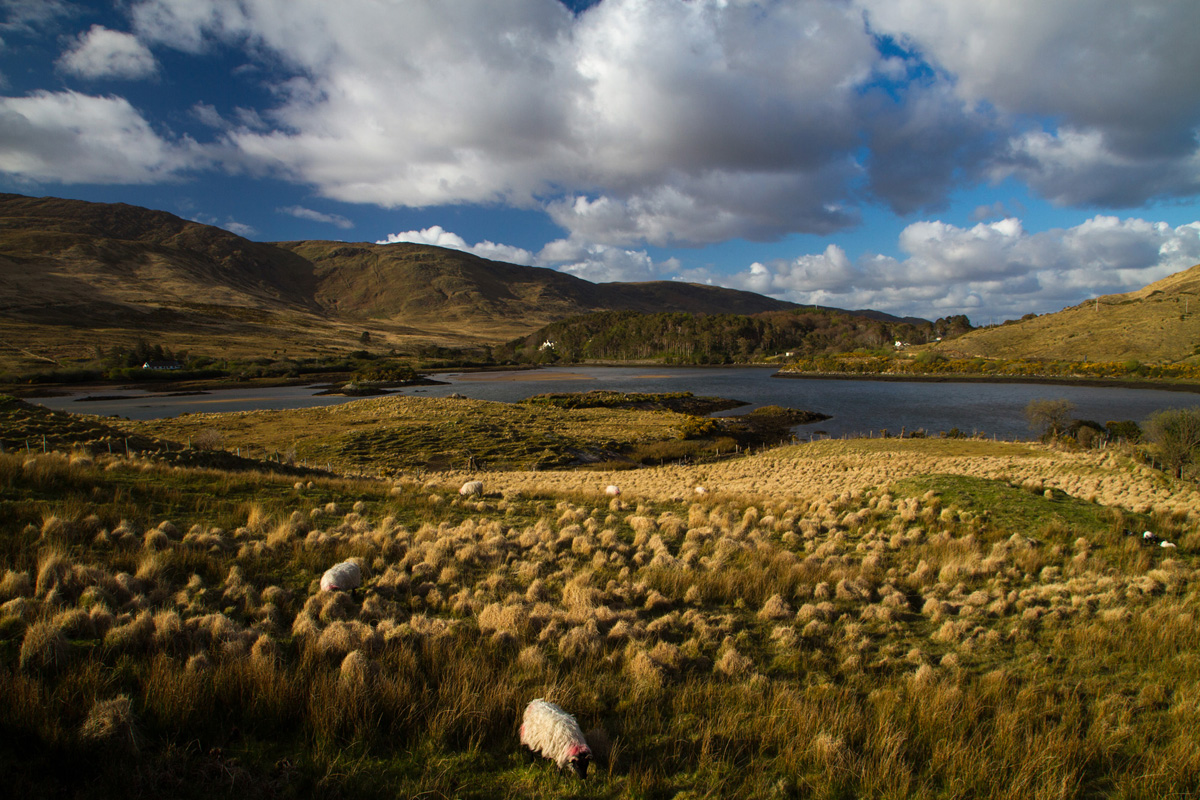
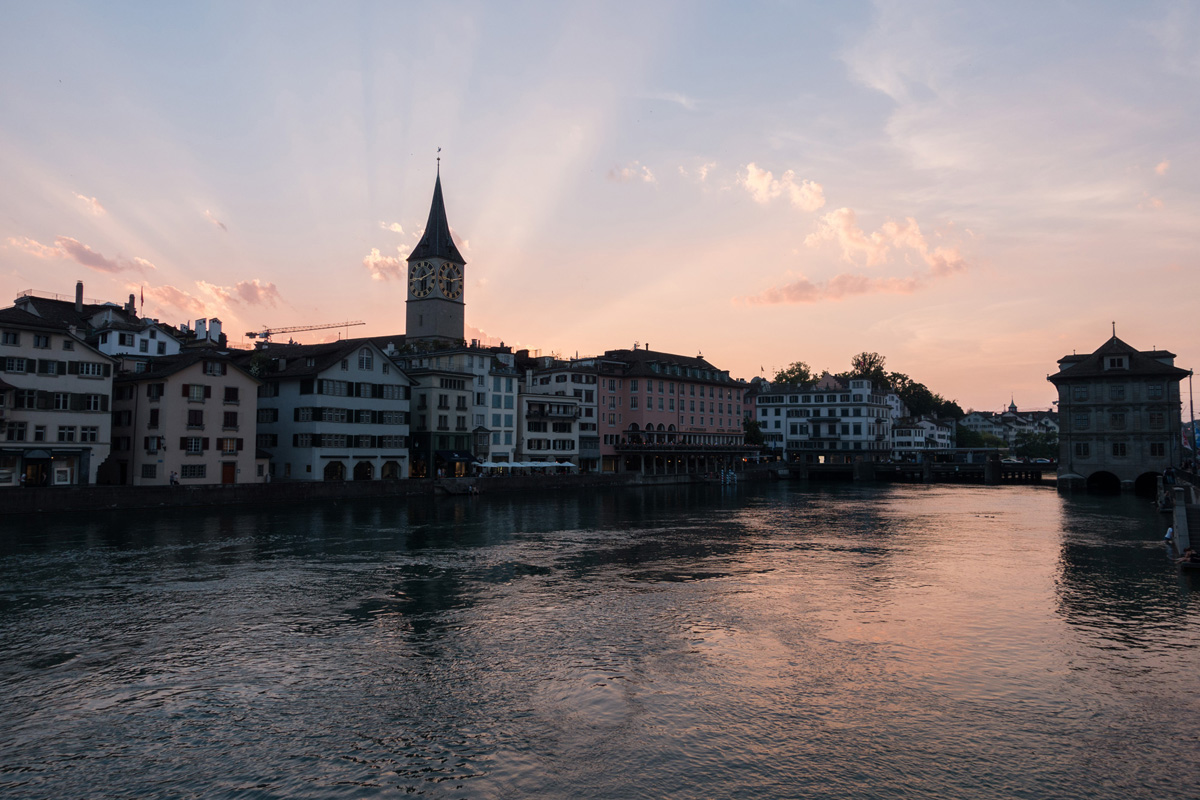
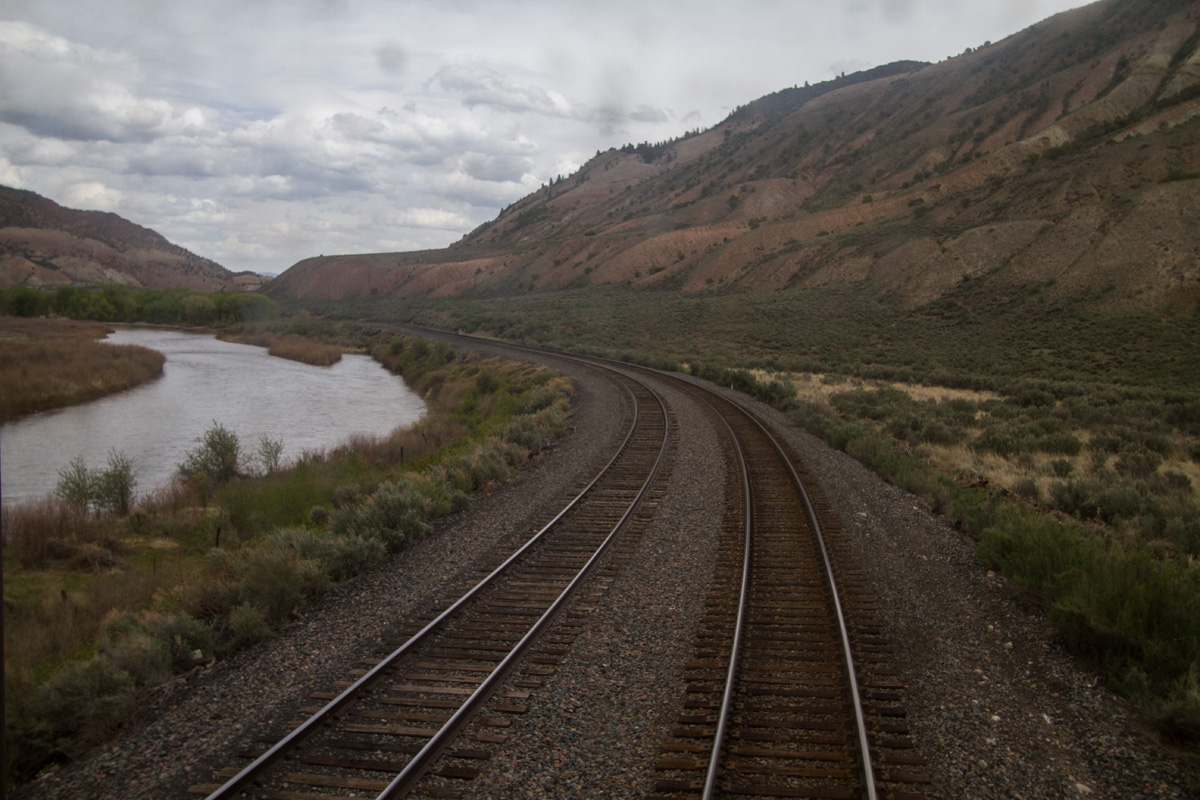
Oh, some of my favorite places in California! While the history is difficult due to the treatment of the Native Americans, I do love the buildings for their aesthetic. Amazing photos and makes me want to visit soon!
Yes, the history is difficult but the buildings are beautiful.
These are outstanding photos. I really like the way you incorporated all the features–exterior buildings plus details, interior of the sanctuaries, and gardens of both Carmel and San Juan Bautista–plus the exterior of San Gabriel showing the distinctly different architecture of each mission. I would like to see a book of your photos of all 21 missions!
I’m glad you like them. It would be fun to visit all 21 missions and document them in a photo book.